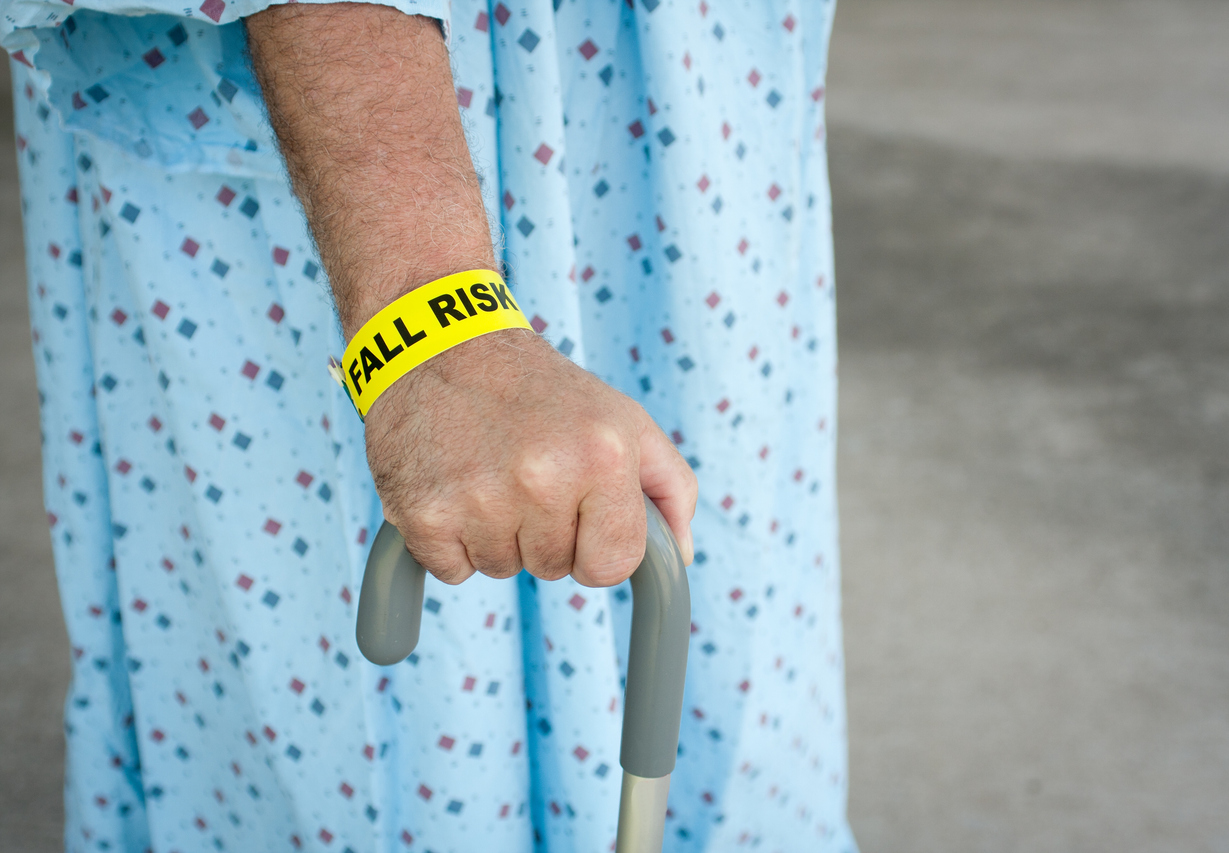Nursing home falls are serious incidents that could result in severe and long-term disability if not properly addressed on time. Elderly residents are extremely vulnerable to injuries, so it’s necessary to ensure they don’t experience such accidents.
Of course, not all such incidents can be prevented. In understaffed facilities, residents may trip or slip without anyone knowing it. Even with the risk protection afforded by nursing home insurance, administrators and caregivers should have a comprehensive fall response strategy to handle such events.
What is “fall response”?
Accidental falls are the leading cause of injuries in nursing homes. Residents are at risk of falling if the facility isn’t maintained or cleaned regularly. Falls are more likely to occur with these factors:
- Slippery floors
- Inadequate lighting
- Improper patient handling after operations during illnesses
- Equipment or clutter in common pathways
“Fall response” refers to the procedures performed by nursing home staff immediately after an incident. The objective is to alleviate pain and discomfort and prevent injuries from worsening or causing long-term problems.
How to respond to a fall incident in the nursing home
Nurses need to act quickly and efficiently after a fall. All staff members should be trained and instructed on the proper protocol for handling injured residents.
Some of the procedures below should be done immediately after an incident. Others constitute part of a long-term fall prevention strategy.
Immediately after the incident
These steps should be done immediately after a fall:
1. Observe and evaluate the resident
Nurses should evaluate the residents immediately after a fall and up to 72 hours afterward. They should provide immediate treatment and record the injuries in detail. Attending nurses should review the record with every shift change and note the therapy provided and changes in symptoms.
2. Investigate the circumstances of the fall
It’s crucial to investigate the circumstances of the fall straight away. Otherwise, it will be difficult to piece together the incident and determine the risk factors present at the time. Nursing staff could use their knowledge and experience to make educated guesses about the incident even if no witnesses were present.
3. Document circumstances, resident outcome, and the response of the staff
The following information should be included in the incident report:
- The date, time, and location of the incident
- Type of fall
- Cause of the fall
- Activity at the time of the fall
- Staff present
- Type of footwear
Reports should also include details on the equipment, environment, and staff activity relevant to the incident.
4. Notify the primary care provider
Nursing staff should notify the primary care provider through a FAX alert. The FAX alert informs physicians, assistants, and nurse practitioners of the resident’s most recent fall and the total number of falls within the past 180 days.
5. Implement immediate intervention within 24 hours
Immediate response is crucial for reducing fall risks among residents. Attending nurses should perform quick intervention procedures, including the following:
- Pain management
- Behavior management strategies
- Switching to a lower mat or bed
- Implementing the use of protective equipment such as hip protectors, helmets, and wrist guards
- Increased monitoring using sensor devices or alarms
- Increased assistance, particularly during high-risk periods
Long-term fall prevention
These steps are essential for the development of a long-term fall prevention strategy:
1. Complete falls assessment
Falls management programs include falls assessment, which helps identify and analyze fall risk. The most common risk factors for falls are:
- Unsafe behavior
- Medication
- Impaired mobility
- Poor vision
- Orthostatic hypotension
2. Formulation of a care plan
Data gathered during fall assessment is useful for developing a falls care plan. This, in turn, can be used by the assigned falls nurse coordinator to document interventions performed on the injured resident.
3. Monitoring staff compliance and resident response
Facility administrators should monitor nurses’ compliance with the fall care plan. This is crucial for reducing falls and ensuring the success of the care plan program.
The resident’s response should also be recorded after an intervention is performed. Changes or alterations to the intervention should only be implemented after a thorough assessment of the resident and only upon the approval of family members.
Conclusion
Every nursing home staff member should be aware of the standard protocols for fall response. Developing comprehensive care plans and interventions can be useful for ensuring optimal fall response, but only if the nursing staff can implement the necessary procedures.
About Caitlin Morgan
Caitlin Morgan specializes in insuring assisted living facilities and nursing homes and can assist you in providing insurance and risk management services for this niche market. Give us a call to learn more about our programs at (877) 226-1027.


